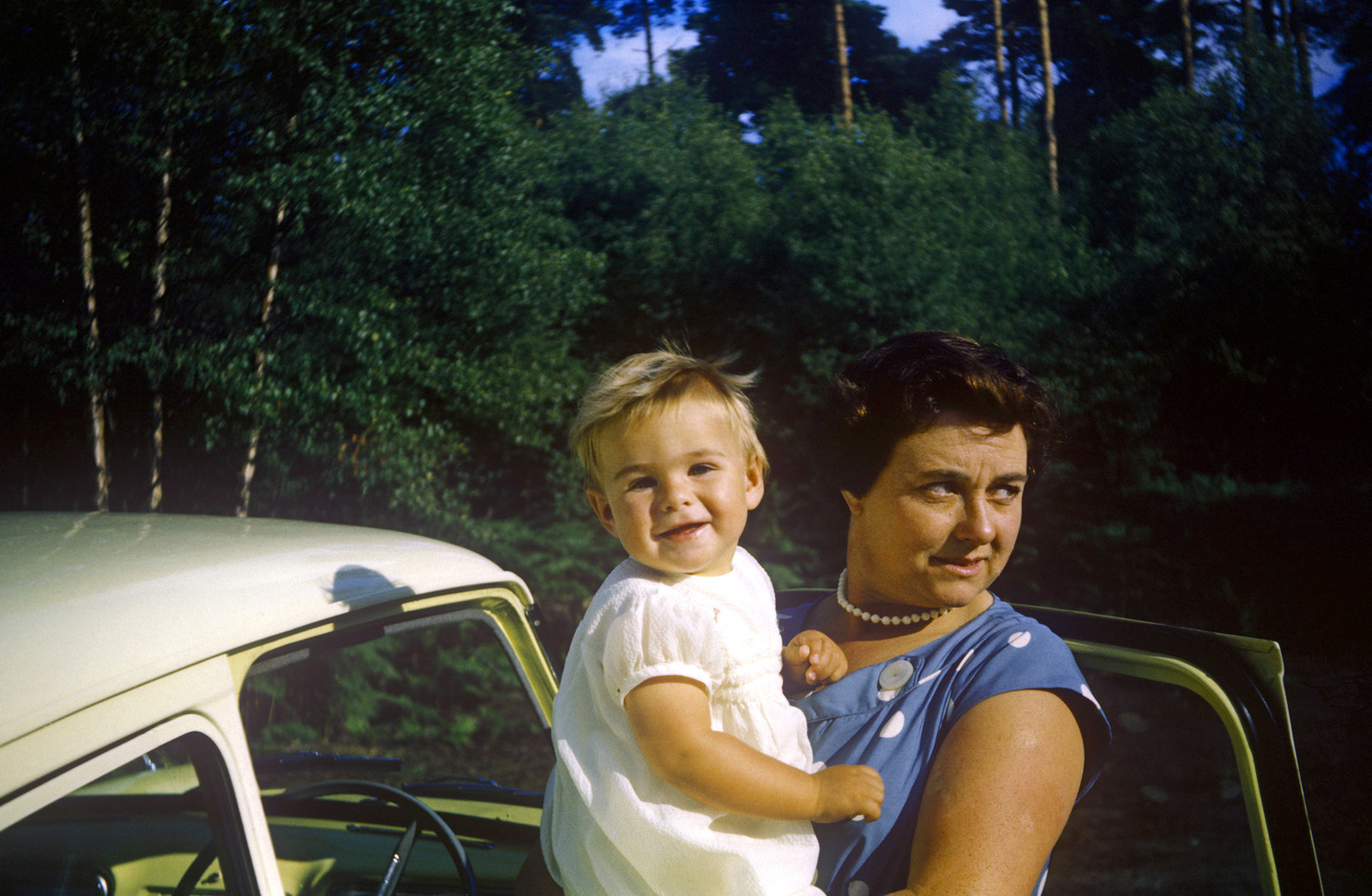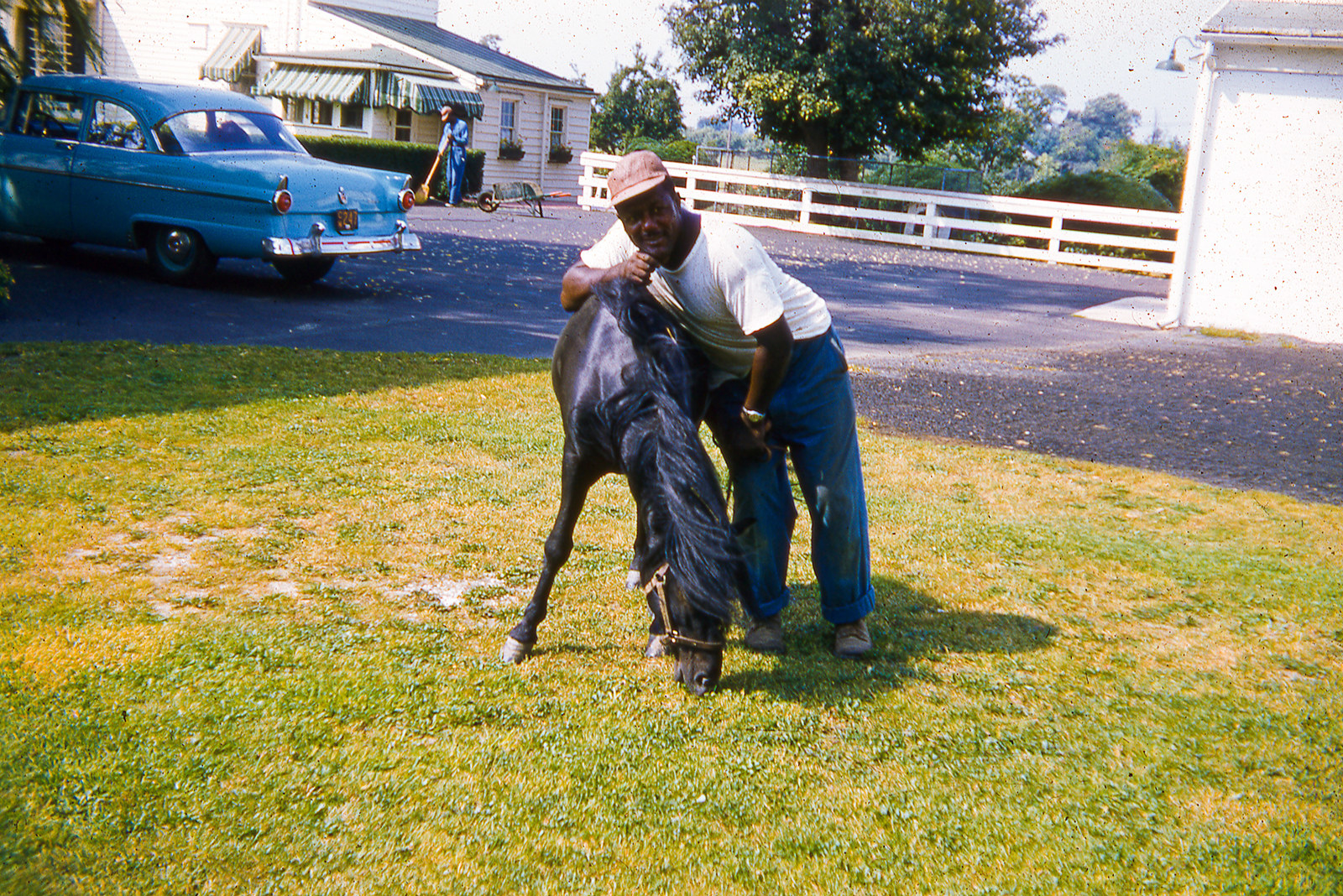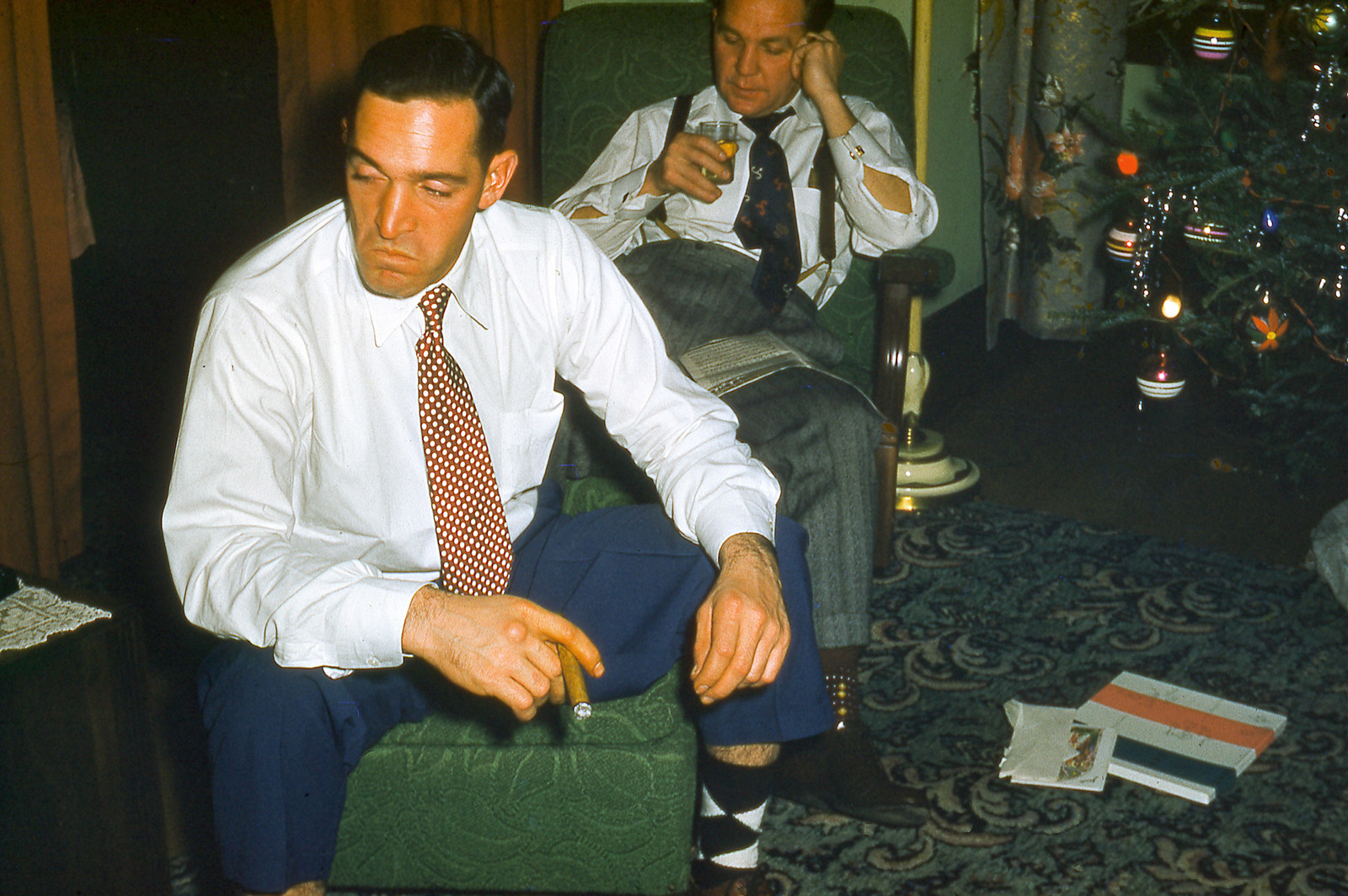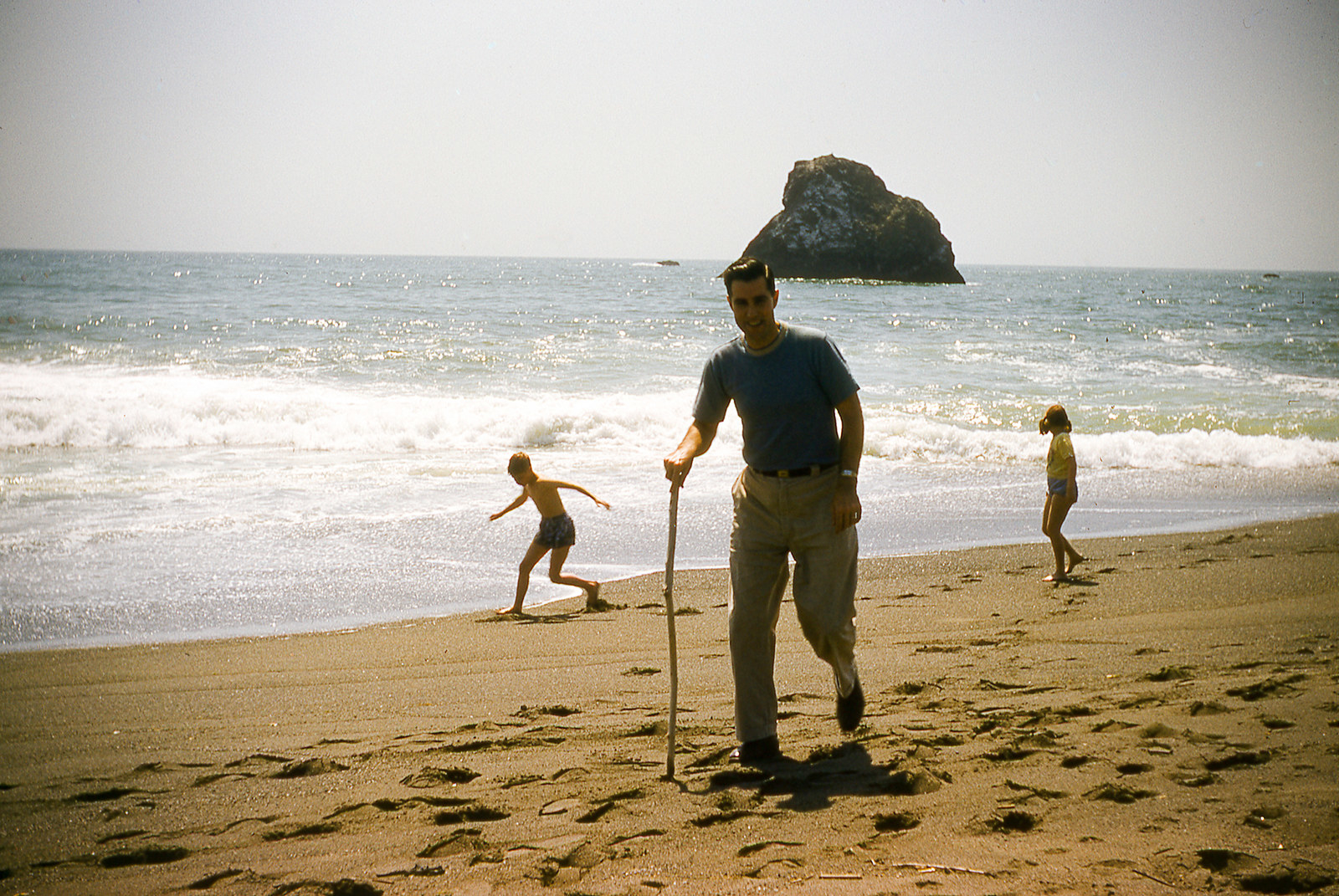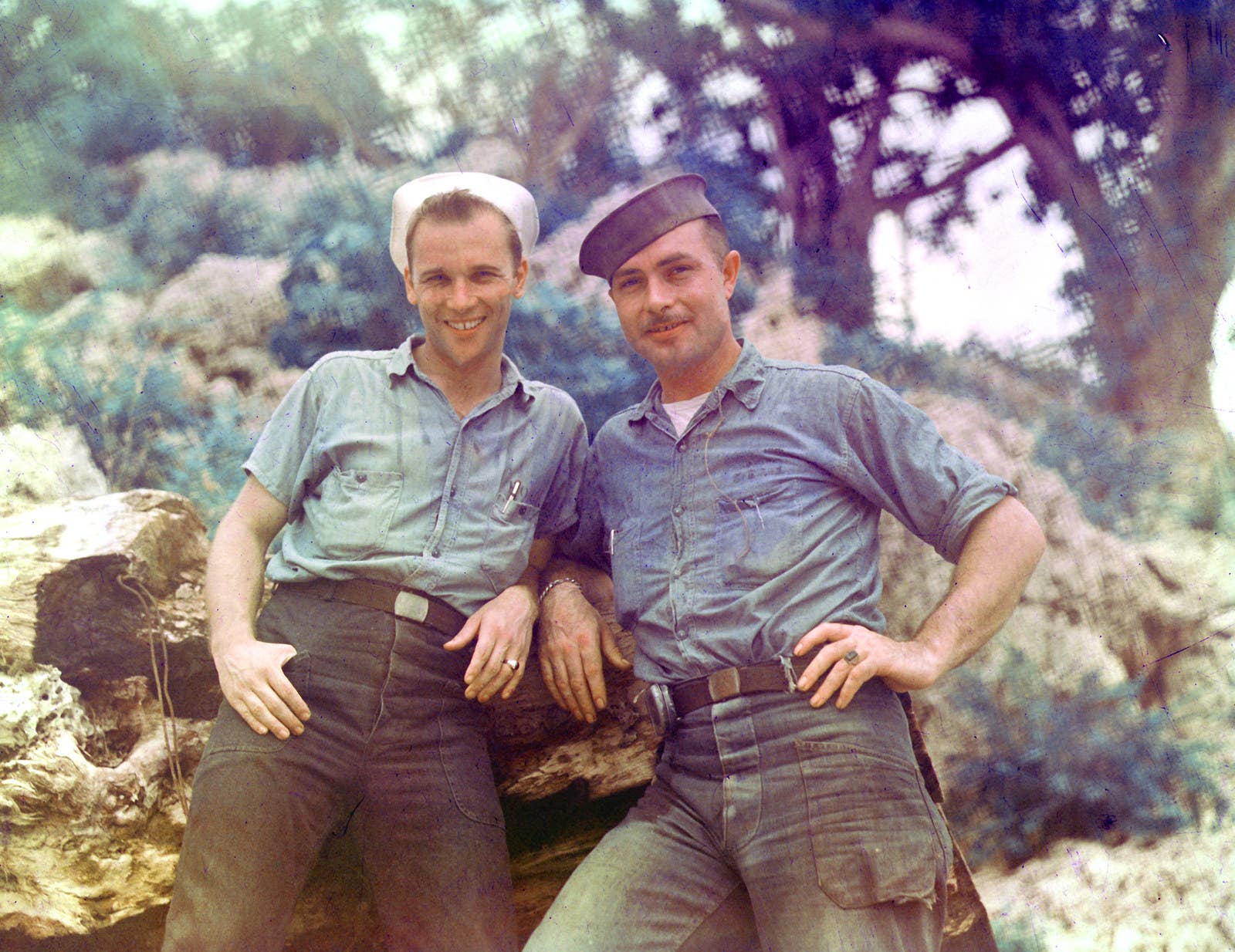
Long before the age of digital cameras and selfies, Kodachrome was the gold standard of color photography, bringing the world from black and white into lush and vibrant color. This Kodak-brand film was virtually the first modern color film available to the public, and through its vivid colors and ease of use, it forever changed the way that people understood (and remembered) the world around them.
On the 82nd anniversary of the release of this landmark product, BuzzFeed News has asked Todd Gustavson, curator of the George Eastman Museum technology collection and author of Camera: A History of Photography from Daguerreotype to Digital, to share his expertise on this remarkable product and its legacy.
Todd Gustavson: Kodachrome is truly an unusual product for a number of reasons — there’s a national park named after it, a feature film, even Paul Simon has a song about Kodachrome; it really has a nostalgia thing going on. It carries with it all those great family holiday memories, but was also a very high-quality product. Because of that holiday connotation, there’s always been very positive feelings associated with this product.
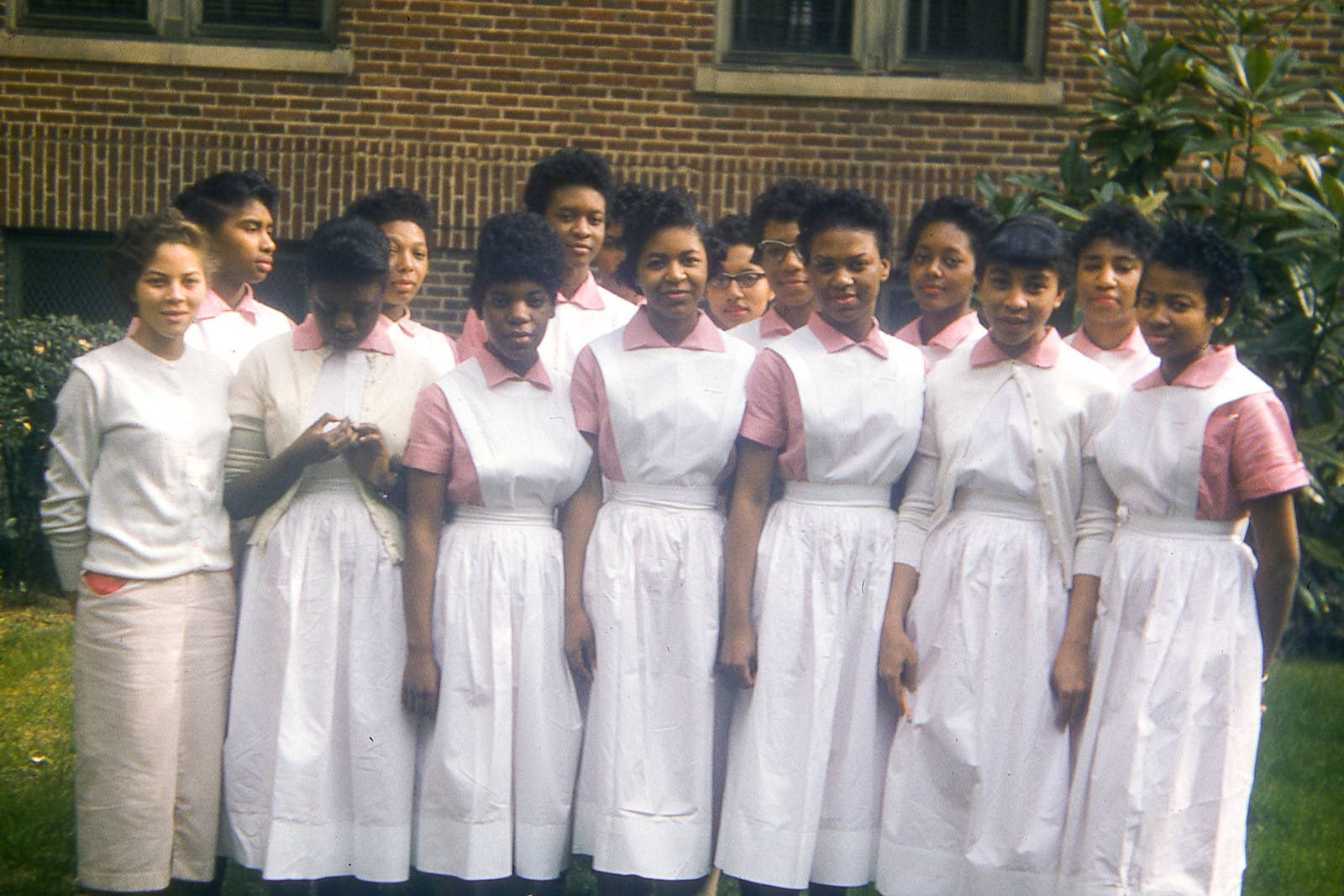
If you look at photography in general, it really has this ability to stop time. Black and white is a little bit on the obscure side — it’s abstract; the world doesn’t really look monochromatic like that. Whereas Kodachrome was really the first to perfectly freeze your memory as it was at that moment in time, in full color.
Kodachrome was the first modern color film and for all general purposes, it’s the first true-to-nature color film. If you think about color photography before Kodachrome, you basically had limited choices — you could just hand-color the images yourself, or there was something called a color screen process, meaning you’d put a random collection of colors in patterns over a black-and-white image, which would give you somewhat of a color picture.
When Kodachrome came along, it was actually a multilayered black-and-white film, believe it or not, that has placeholders where the colors are going to go. So during the processing stage, the colors are actually added to those placeholders. Because of the way that it was done, it’s actually a very permanent, very accurate color. The colors themselves are very stable.
If you look at Kodachrome slides from 1938 and on, they look just as good today as they did when they were brand new.

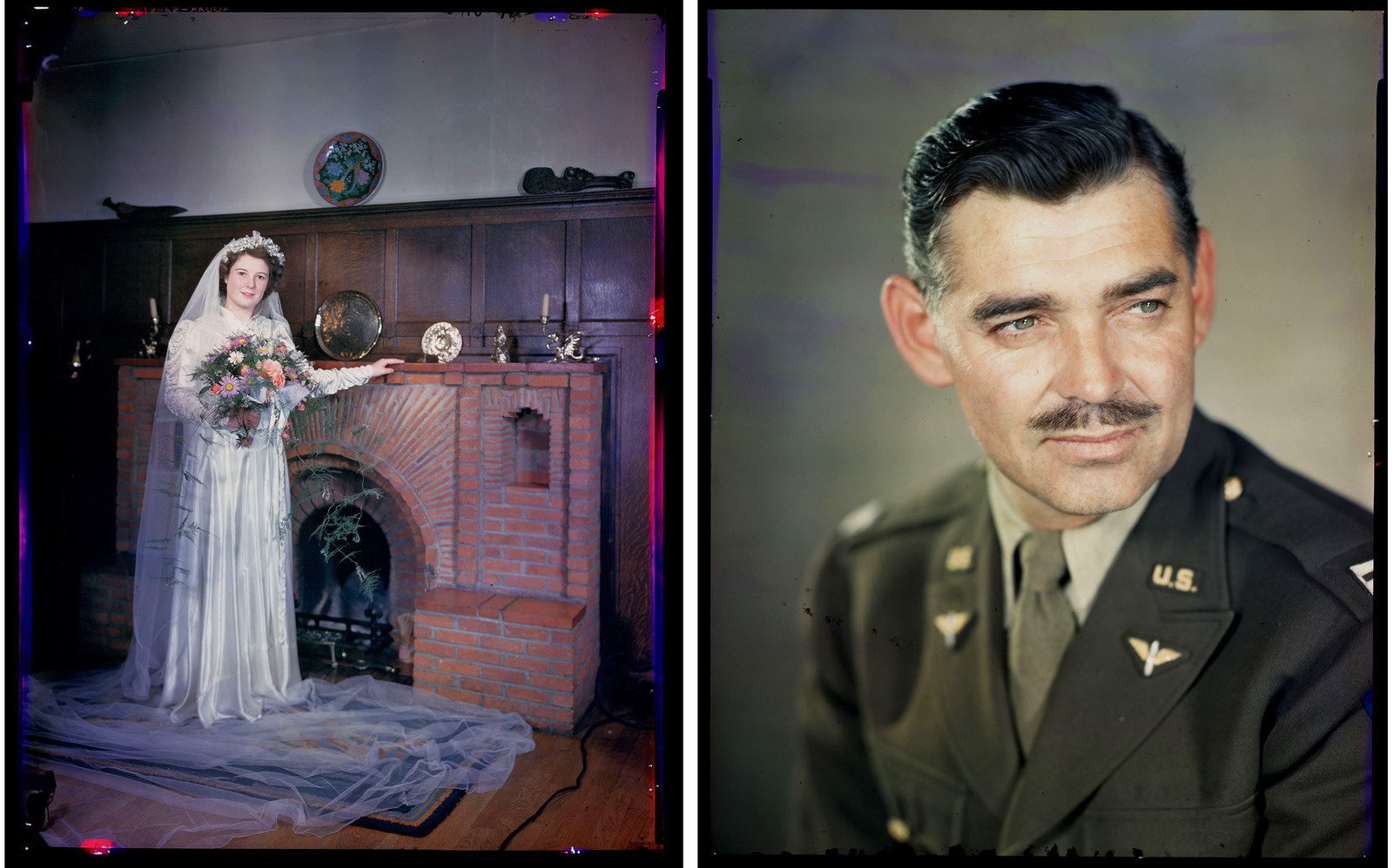
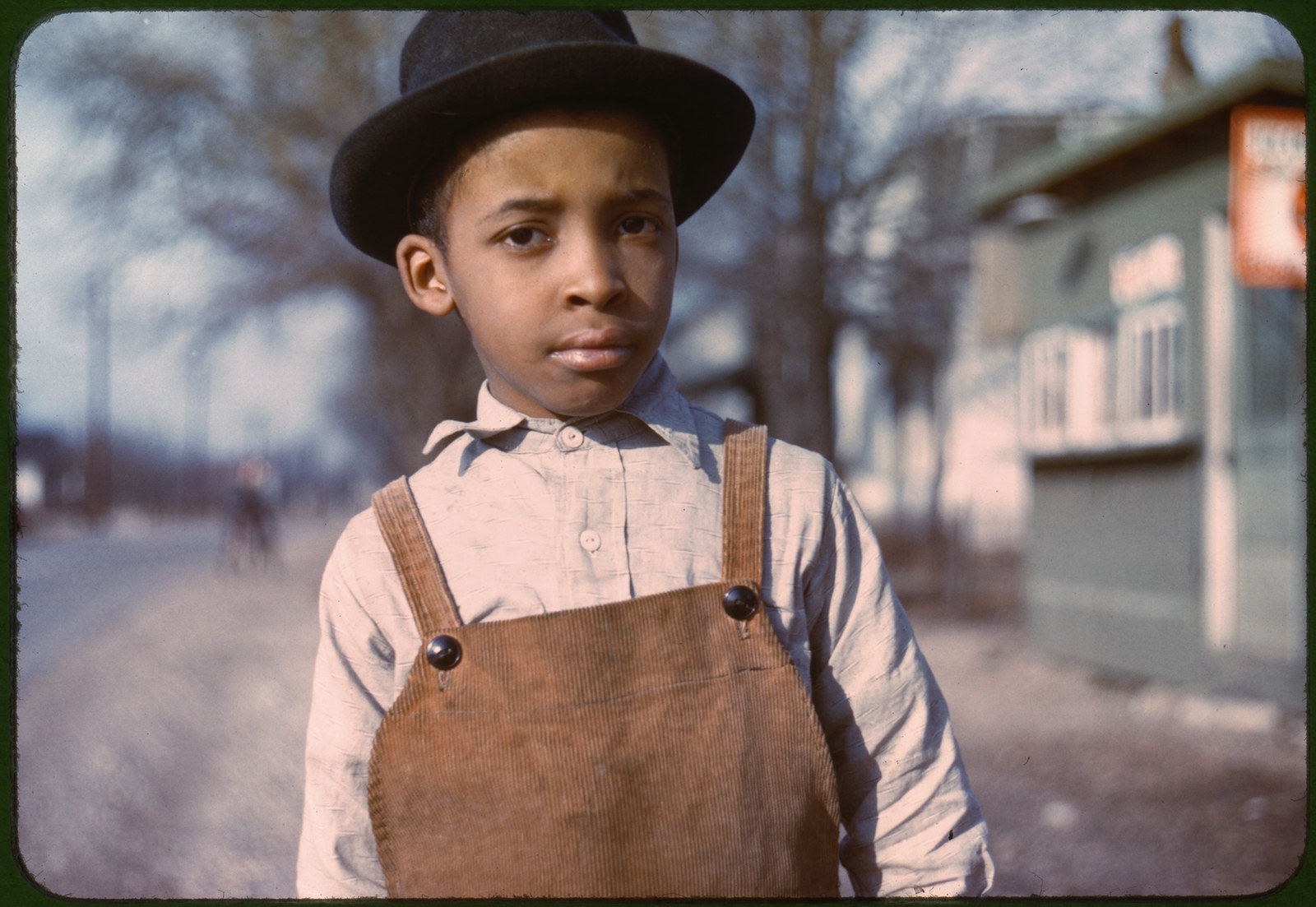
It was fairly easy to use, also — you essentially bought the film, put in your camera, took the pictures, sent it off for processing, and you got color pictures back. When it was first introduced in 1935 for motion pictures, then in ’36 for still photography, it would have come with a mailer. It was a Kodak-only product — so you basically bought the film at your Kodak dealer and took it back when you were done. They would then ship it to Rochester, New York, for processing — that's it! Because of this process, in the 1950s there was a consent decree that this was basically a monopoly. So in the US they eventually had to give the process away to various other competitors.
The pictures came back as transparencies on a 2-inch square cardboard mount. These are backlit images, so people would use these backlit pocket viewers to view them — people had way bigger pockets back then. They could also use a light table or anything with a light source behind it. But the way most people would view a Kodachrome transparency would be with a family slide show. The family would gather together in the living room and a slide projector would project each slide one at a time onto a foldout screen.

With Kodachrome, as with anything else, so much of its success was timing. Kodachrome was introduced in the '30s, so America was still in the middle of the Depression, followed by a world war. After the war, America was looking at a very different economy and people were eager to buy new cars, go on vacation, and travel. People wanted to do the things they couldn’t do before.
Suddenly, Kodachrome became like a call for Americans to get in the car and tour the country taking pictures. Eventually, Kodak would have branded sites at different national parks, even Disneyland — places that were designated as official "Kodak picture opportunities.” Kodachrome was really the thing that drove all of this.
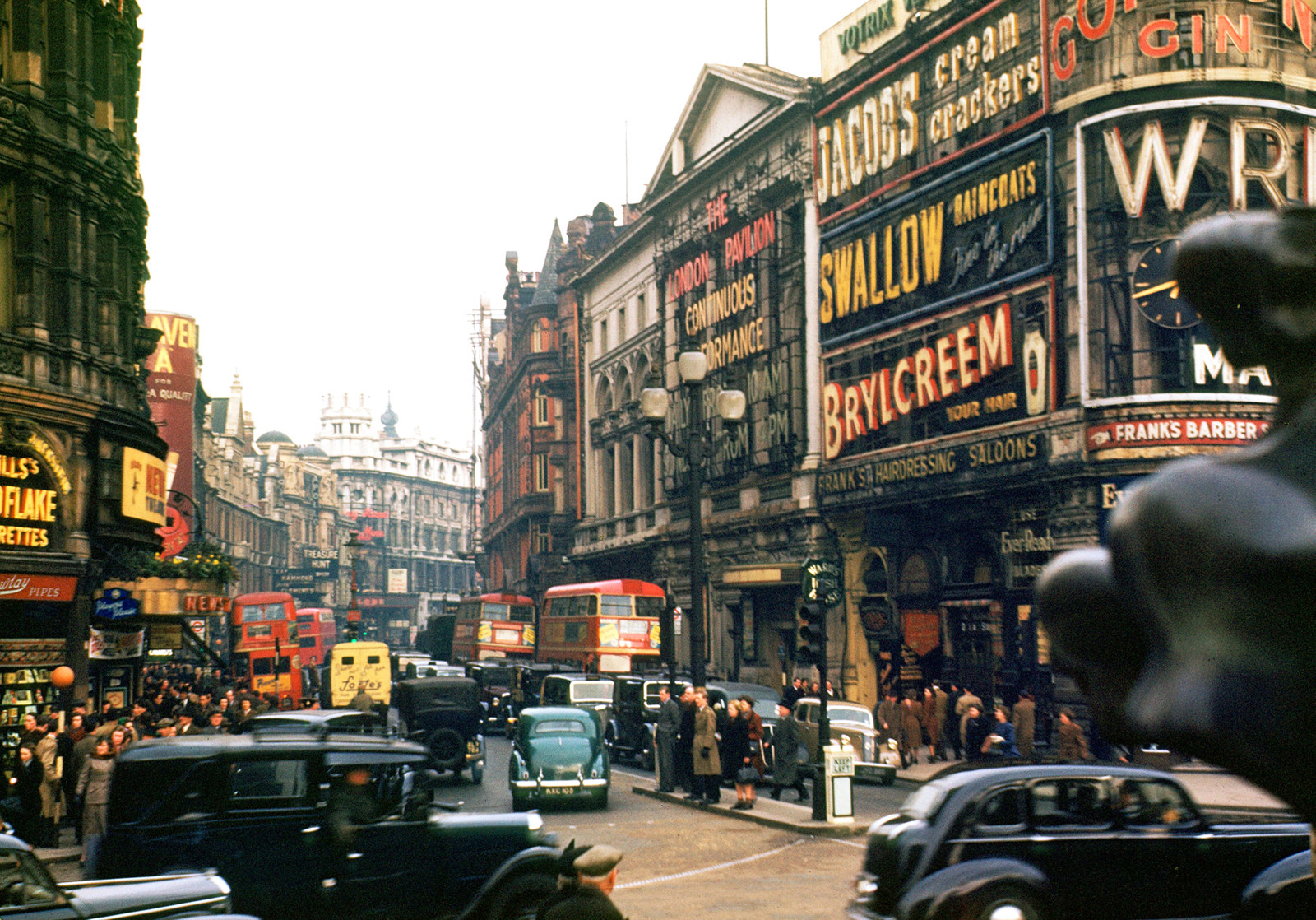
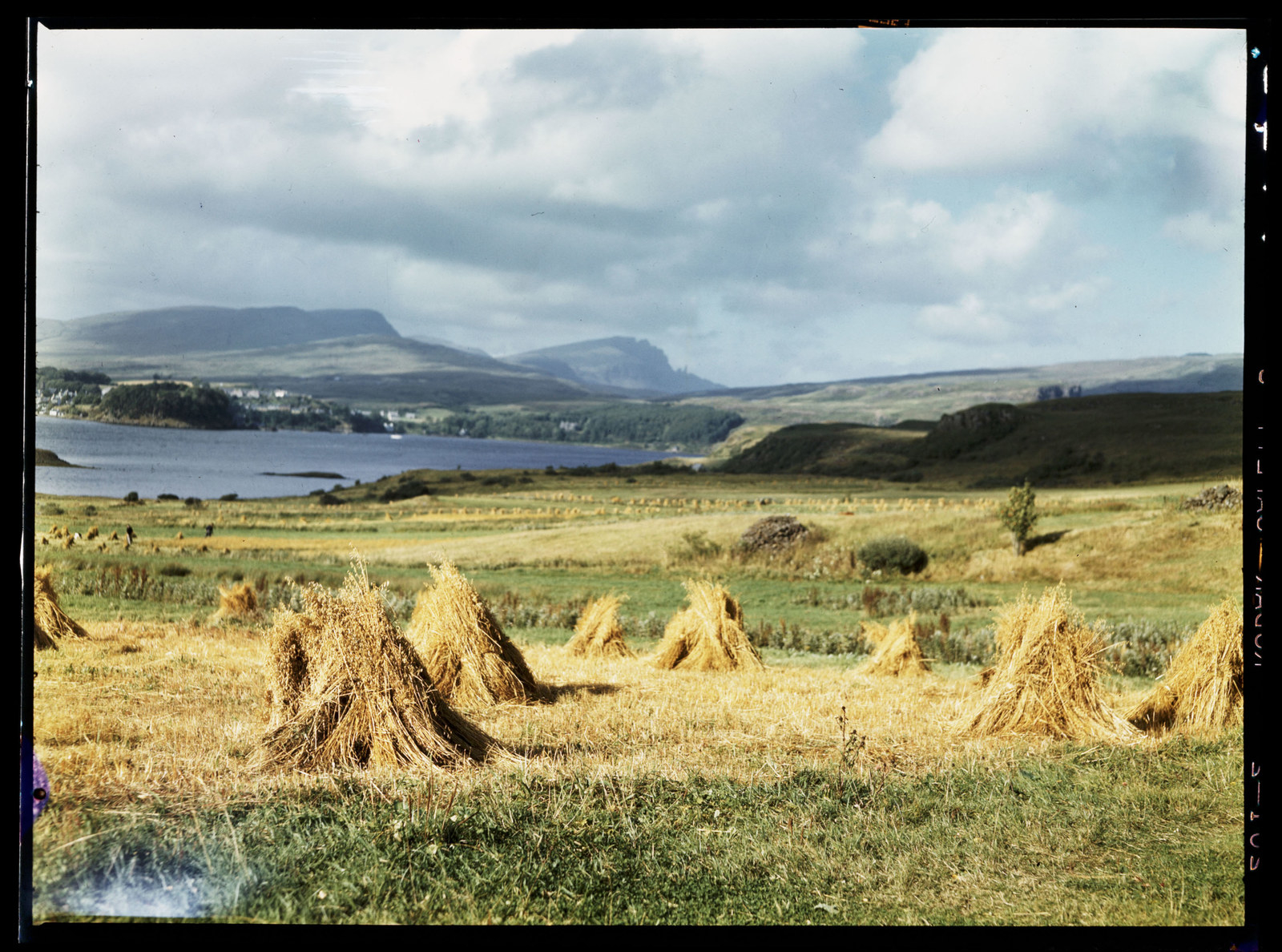
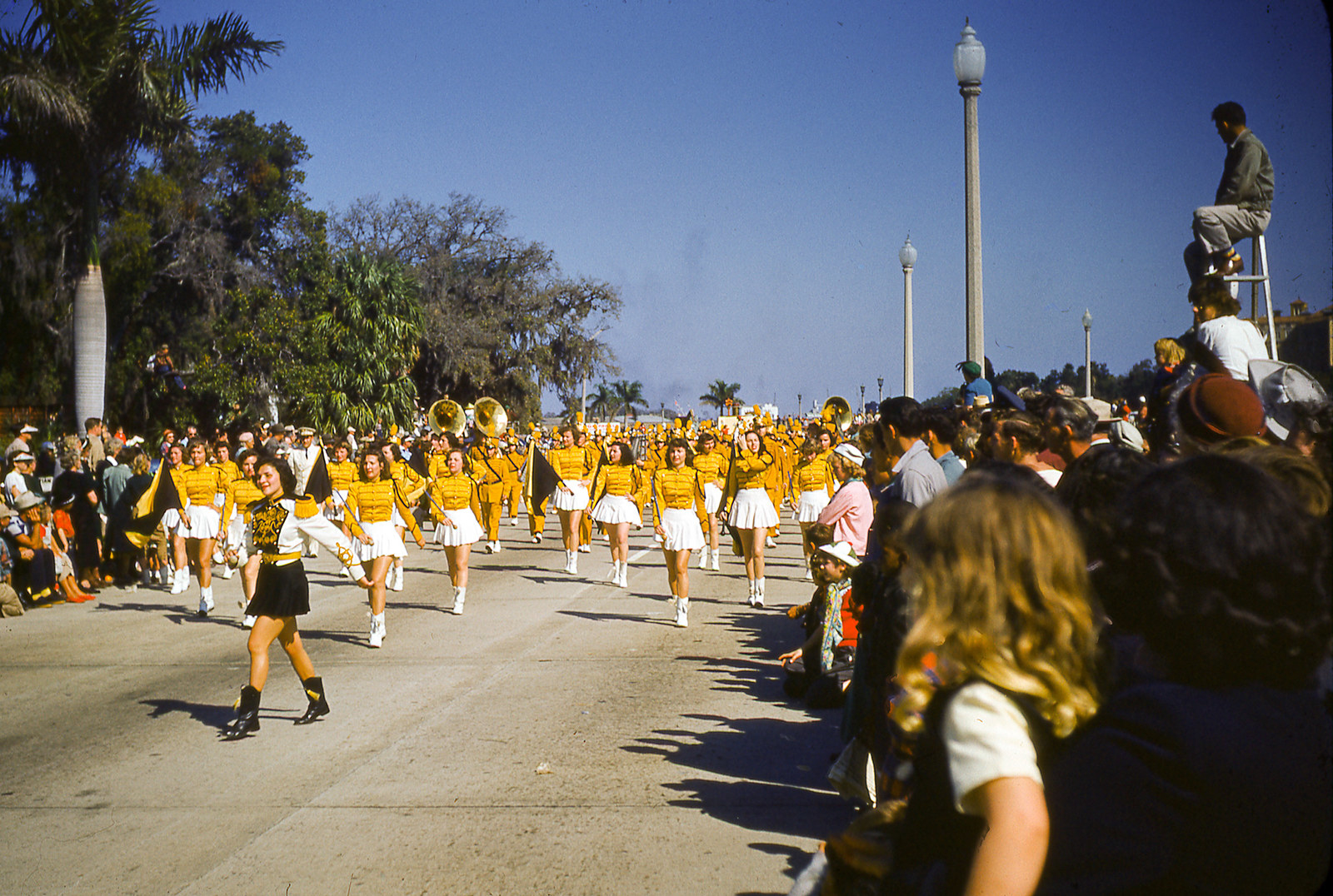
The company stopped making Kodachrome in 2009 and the industry stopped processing it in 2010. I’m not sure how much digital photography had to do with the demise of Kodachrome, but its sales had been decreasing for a number years.
Part of it was that the culture had changed — people wanted a more personal viewing experience, rather than piling all the kids into the living room to look at pictures. You can kind of relate it to having dinner with the whole family at 6 o’clock; people just don’t do that stuff anymore. To view Kodachromes with the family, you've got to close the blinds and do the whole bit. Also, the narrator had to put on a good show! The slideshow is entirely reliant on the narrator. If the narrator is a good showman and they keep it entertaining, then it’s a good show.
I know that Consumer Electronics had recently announced that Kodachrome would make a return; in reality they’re learning how difficult the process is to produce this project, to include having to reengineer the product to be compliant with modern safety standards. I’m not saying it’s impossible, but it would be highly unlikely. Color film is the most complicated consumer product that has ever been manufactured.
I mean, if you go out on Amazon right now and look up what the best-selling camera is, you'll find that it’s actually a Fujifilm Instax in baby blue — I don’t know why, but I think there is some renewed interest in analog photography. I don't think that renewed interest is because of love for the film itself, but rather a want to actually hold something physical in your hands. It might just be the novelty of it.
But as far as bringing back 60,000 people to run all of Kodak's 10 roll-cutting machines — nine of which have just been destroyed — I wouldn’t bet on that!
